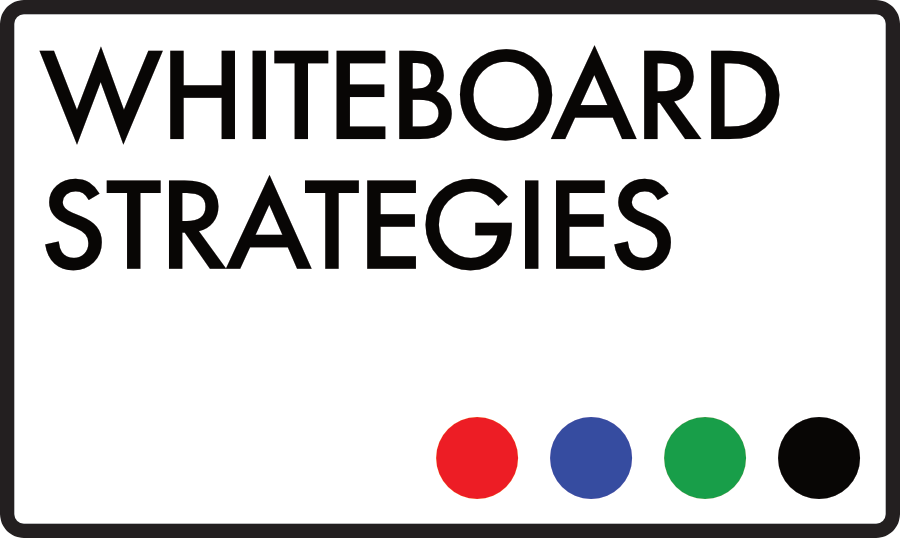People get bored at work. That’s been a problem forever—I bet there were bored Romans building straight roads, bored Aztecs dragging sacrifices up pyramids, bored pirates sailing the Spanish Main. Part of this boredom is inevitable in some jobs—people doing more or less the same thing every day can end up feeling under stimulated—but a much larger part of it is completely avoidable.
It comes down to one of those buzz words that you hate. One of the most hated, actually: Engagement.
Although it’s become a wishy-washy term that marketing, social and creative teams throw about, in terms of employee engagement it’s actually a much more concrete, much more real and—arguably—much more important thing. Get your head around some of these stats from an Office Vibe infographic built from credited findings from Gallup, Gartner and others:
1. 70% of US workers aren’t engaged at work
2. Engaged employees are 87% less likely to leave their position than unengaged employees
3. 89% of employers think their staff members leave for money but only 12% of staff do leave for better pay
4. Organisations with highly engaged employees can achieve twice the annual net income of those with less engaged employees.
Right? RIGHT?! For everything from morale, to talent retention, to bottom line, engagement of your workforce is key. Your best people will jump ship and work for your competitor. Those who are left will be unmotivated and miserable. Your revenue will suffer.
So, let’s get them engaged. Not like sending them a ‘good job guys’ email from the C-suite once a quarter, but let’s really, truly get them engaged. Let’s change how your team leaders communicate with their staff and let’s change how your staff communicate with each other. Let’s empower them to really take ownership of their job roles, master their comms and streamline their processes. Let’s get everyone talking more, saying more and truly engaging with each other and with their work.
How?
It’s obvious, isn’t it? 2/3 of people are visual learners. People remember 10% of what they hear, 20% of what they read, and 80% of what they see and do – so don’t email them, don’t tell them, show them. Visual aids, used properly, boost audience understanding by up to 400%. The single most powerful tool you have for employee engagement is visual communication. People have been harnessing the power of visual prompts and aids to engage external audiences for decades—but internal comms still lags behind, employees feel the lack, and staff become unengaged as a result.
It needs proper handling, of course. I can’t tell you how many big tech and telecoms companies I’ve worked with who have invested unholy amounts of money in video conferencing systems thinking that that’s all that they need to perk everyone up a bit. The systems are in need upgrading or tech support. That’s not embracing visual comms, that’s throwing money at a possible solution and then letting it rot.
What your staff need to feel truly engaged at work is a genuine commitment to visual comms as a primary means for communicating with their colleagues, their staff and their superiors. It doesn’t require a massive financial outlay or piles of new kit. It’s more about embracing a way of communicating that will help staff develop a more natural presenting style, a deeper understanding of their subject matter and a real sense of ownership of their job role. That means better engagement, better morale, and better staff retention. Sound appealing? Let’s talk.

Recent Comments